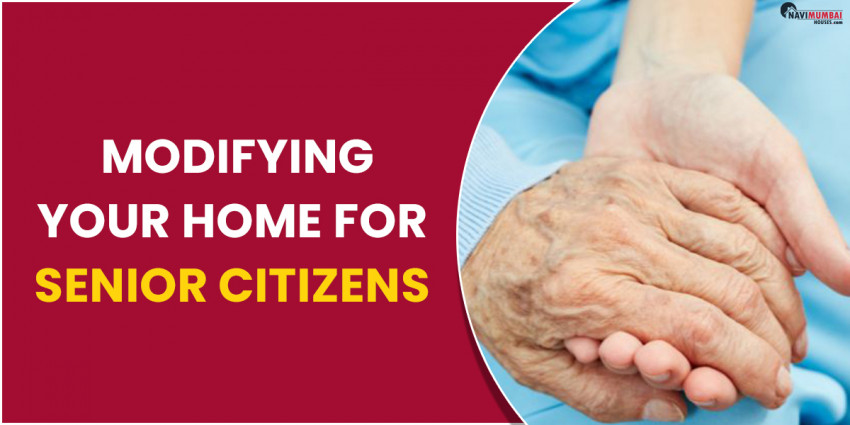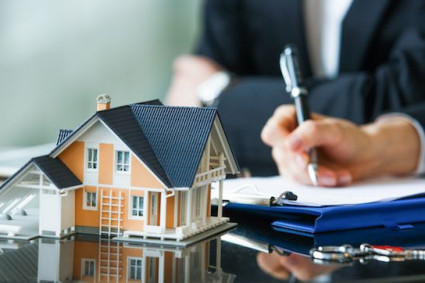
Age is one of the main risk factors for falls, and elderly people are most at risk of dying or being seriously hurt whether they fall at home or outside. Outside of your home, nothing can be changed. However, there are a few adjustments you can make to your house to make it more senior-friendly. The advice provided below can help you greatly lower the danger of falls while also increasing older citizens' level of comfort. These procedures can be simply carried out in homes and do not require significant structural adjustments.
Adjusting To Changing Flooring Levels
It is possible to prevent level inequalities on a floor by using sloping thresholds made of non-slip materials. Fall danger would be reduced, and wheelchair movement would be made easier. For independent homes, the main entry may be equipped with both stairs and a modest ramp. Metal ramps that collapse could be another choice.
Non-Slip Surfaces
The non-slippiness of the floors is the next crucial factor. Although they could take more time to install, wooden and vinyl flooring might be thought of as alternatives to tiles. Some coverings can also prevent slipping on flooring.
Lighting
The most crucial factor in preventing falls at home is adequate illumination. To improve the illumination in homes, greater power lamps can be utilized in light fixtures. During power outages, older people can avoid going completely dark thanks to a grid connection provided by a UPS or inverter. An easy and quick fix for a constant source of light could be to securely plug in rechargeable emergency lighting in rooms. Such emergency lights should have their own dedicated power outlets.
Alterations to Restroom
Grab bars in toilets are crucial because they reduce the risk of falls. For elderly people with mobility limitations, small adjustments like installing a shower bench with a hand shower in the bathroom can be helpful. Doors should be wide enough for wheelchair-bound seniors so that their wheelchairs may travel through bathrooms and other areas without difficulty. It is crucial to inspect the positioning of CP fittings to make sure that they are senior-friendly.
Interiors of Homes
Interiors need to undergo a few adjustments. For ease of use, especially with elderly people with arthritis, door and wardrobe handles should be changed out for knobs. Furniture placement should take into account the demands of senior citizens. The furnishings shouldn't restrict their movement if they are wheelchair-bound. Protect kids from furniture and wall corners with sharp edges to prevent injury from falls. Elderly persons can be shielded from uncovered angles and sharp angles by using some sort of foam padding.
If a person is limited to a wheelchair, the placement of furniture knobs, mirror heights, and cabinet shelf designs, among other things, should be changed to accommodate senior folks' needs and usage. It's important to consider safety while placing rugs, ceramic tiles, and chairs, and to consider how elderly people would use the space. In case of an emergency, the locks on doors should be able to be unlocked from the outside. In the event of an emergency, there should also be a way to enter the bathroom or bedroom from the outside. A sliding door for the bathroom will be beneficial so that anyone can enter and use it.
Source from: navimumbaihouses





